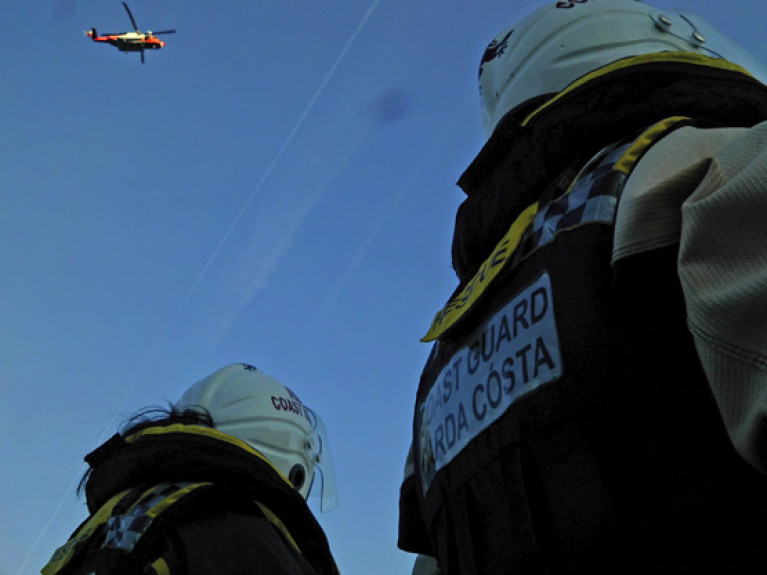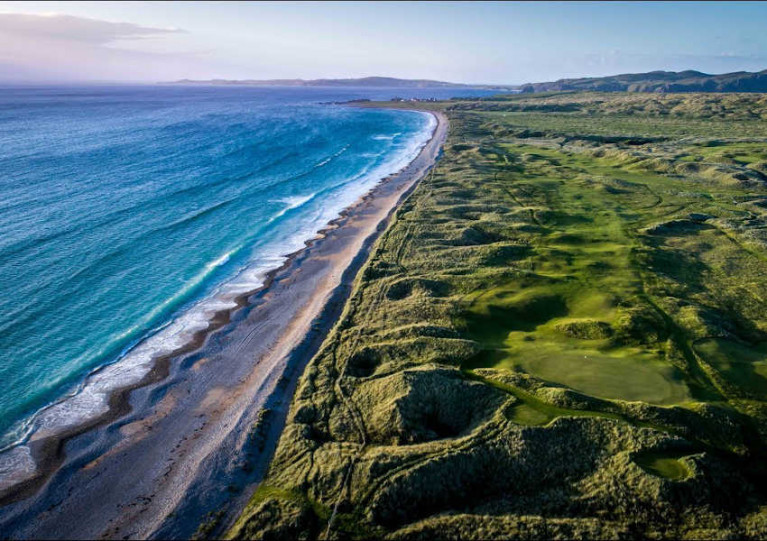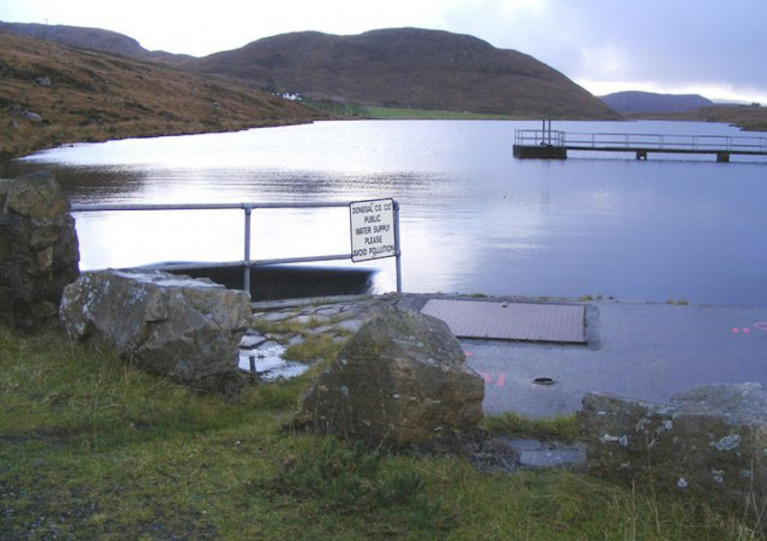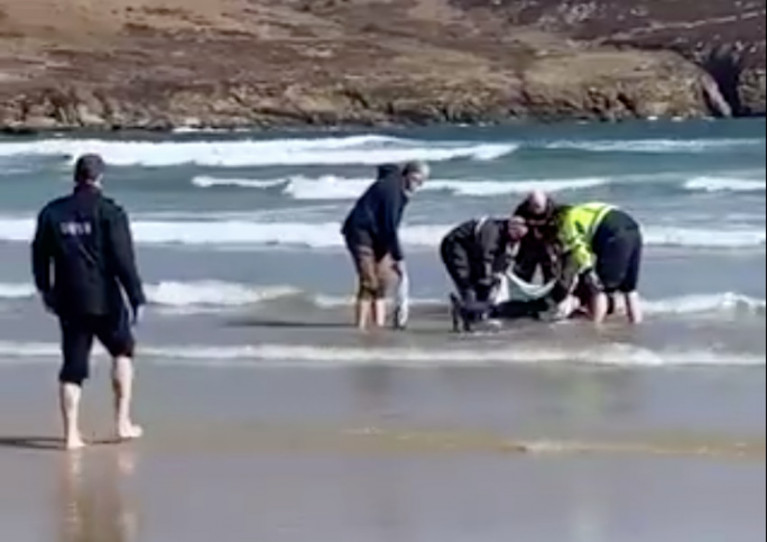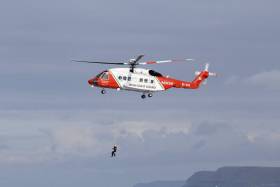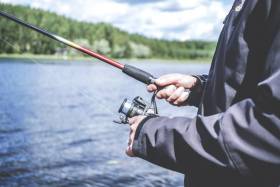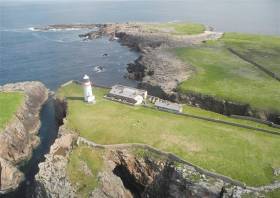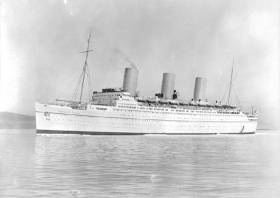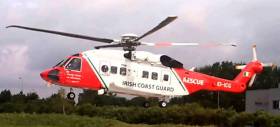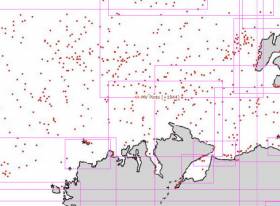Displaying items by tag: Donegal
Major Search Operation For Sea Angler Missing Off Kerry Coast
Independent.ie reports that a major search and rescue operation was launched last night (Wednesday 26 August) for a sea angler on the Kerry coast.
The man reportedly fell into the water while fishing at Kerry Head.
His angling partner entered the water after him to attempt a rescue, but got into difficulty and was recovered shortly after.
Elsewhere, the body of a fisherman who went missing from his boat of Teelin in Co Donegal just hours before was found late last night.
And a young man has spoken of his role in a ‘terrifying’ rescue of a 10-year-0d boy in difficulty in the water off Com Dhíneol in West Kerry yesterday afternoon.
Twenty-two-year-old Mícheál Keogh sprang into action with another man, Dan Sullivan, to assist the boy’s two uncles in retrieving the youngster amid the strong current.
“It’s a very dangerous place to swim,” Keogh told RTÉ Radio 1’s Morning Ireland. “None of them could swim so it was mad altogether but we were able to get them out.”
TheJournal.ie has more on the story HERE.
A golf links which hosted the the Irish Open in 2018 is one of a number of amenities on the Inishowen Peninsula that faces threat from coastal erosion.
As RTÉ News reports, local communities fear that it may only take a few more storms before the likes of the popular Ballyliffin course suffer the same fate as an adjacent 3km walkway on Pollan Strand — which was lost after up to 50 metres of beach were eroded.
A local authority report commissioned four years ago on five site of concern recommended ongoing monitoring of the situation and “no active intervention”.
There's anger in Inishowen in Donegal after a report on coastal erosion recommended no active intervention at Ballyliffin golf club, a historic church and a number of beaches. Locals say the amenities are under threat and action is needed before they are lost pic.twitter.com/vbiitbbwFb
— RTÉ News (@rtenews) July 2, 2020
But local campaigners fear that without concrete action, they could lose valuable assets of their coastal communities forever.
RTÉ News has more on the story HERE.
RTÉ News reports that the bodies of a father and son have been recovered from Lough Keel in Co Donegal.
A major search and rescue operation was launched yesterday afternoon (Thursday 18 June) after a report that two people were missing on the lough near Kilmacrenan, north of Letterkenny.
A teenage boy was rescued from the lough and was as of last night receiving treatment, but the bodies of a man in his 50s and his teenage son were recovered in the evening.
Garda & Coastguard Volunteers Rescue Beached Dolphin In Donegal
Two gardaí teamed up with local coastguard volunteers to help refloat a beached dolphin in Co Donegal yesterday (Monday 13 April).
The Garda Review Twitter account shared video of the remarkable rescue at Killahoey Beach as the small group of Good Samaritans worked to carry the stranded marine mammal into swimmable waters.
The Irish Mirror has more on the story HERE.
UTTERLY AMAZING VIDEO JUST SHOT @ KILLAHOE BEACH, Co. DONEGAL. Gardaí Brendan O’Connor & Sean Sharkey assisting the Mulroy Coastguard team in the return of a beached Dolphin Whale to the sea. Incredible. #Gardai #RTE #BBC #TG4 @IWDGnews pic.twitter.com/YjLGxH6pzX
— Garda Review (@GardaReview) April 13, 2020
Irish Coast Guard Rescues 15 From Sea In Donegal
RTÉ News reports that 15 young people were rescued from the sea off Donegal yesterday afternoon (Tuesday 13 August).
Ten were airlifted to hospital in Letterkenny after the group got into difficulty while swimming by the pier at Magheroarty in north-west Donegal, according to the Irish Coast Guard.
Several emergency calls were reportedly made by onlookers at the scene, where the Mulroy coastguard unit and Tory Island ferry Queen of Aran also stood by to assist.
A spokesperson for the Irish Coast Guard acknowledged the fortunate outcome, and singled out the crew of the Sligo-based SAR helicopter Rescue 118 “for their efficient response to a difficult challenge”.
Creeslough & District Angling Association yesterday (Monday 17 June) opened its new angling facility at Lough na Tooey in North Donegal.
The facility, which was co-funded by Inland Fisheries Ireland (IFI) through its National Strategy for Angling Development, was officially launched by Sean Canney, Minister of State with responsibility for inland fisheries.
The facility at Creeslough is one aspect of a development project delivered by the local angling group which manages a number of salmon and trout fisheries in the area.
This project saw the improvement of angling access and infrastructure across three sites in the area: Lough na Tooey, Glen Lough and the Owencarrow River.
New facilities at Lough na Tooey include a slipway and mooring pontoon, boatshed and car park.
At Glen Lough, a new improved roadway over 1.2km leading to the angling site was constructed, while at Owencarrow, 15 stiles and ladders and 33 fishing stands were erected over 300m of the river bank.
IFI provided funding of over €216,000 with Creeslough & District Angling Association providing match funding of €30,000 to enable the completion of the project.
Minister Canney welcomed the project’s completion, saying: “The new facilities will enable safe and easier access to the fishery for the local community, while also supporting tourism in North Donegal.
“This is a first-class angling site located in a county renowned for its beautiful scenery and superb angling resource. As a result of this project, more local and visiting anglers will be fishing in the area, which in turn will provide both recreational and economic benefits for the community.”
IFI chief executive Dr Ciaran Byrne noted that Creeslough & District Angling Association “initiated and delivered these facilities on the ground by taking a collaborative approach and working across their entire fishery to identify where improvements were needed.
“Rural communities are engaging around the angling resource and demand for support continues apace. We look forward to partnering with more clubs and associations on the delivery of fisheries projects and will announce those successful in securing funding from our latest funding call over the coming months.”
Paddy Boyle of the Creeslough & District Angling Association said: “Fishing as a sport and recreation is dependent on the quality of the natural environment around us. Angling clubs have a role as custodians of this wonderful resource, and we owe it to future generations to look after the fish and their habitat.
“This development at Creeslough is proof of what angling clubs can achieve in partnership with local development agencies and Inland Fisheries Ireland. We asked for their help and got it because we presented them with a well thought-out plan for the conservation and development of our fisheries.”
Rare Opportunity For ‘Coastal Hideaway’ Off Donegal Mainland
Just €75,000 is the asking price for two fixer-upper lightest keeper’s cottages on a Donegal island, as BreakingNews.ie reports.
The cottages, which boast six bedrooms between them, are located on Rathlin O’Birne Island, some three nautical miles west of the mainland at Malin Beg.
They stand in the shadow of the island’s lighthouse, one of 53 established around the island of Ireland by renowned engineer George Halpin in the 19th century.
Touted by selling agents DNG Dorrian as a “unique coastal hideaway”, this waterfront property will not be for everyone.
Besides some “substantial” work required to bring the cottages back to liveable condition, the otherwise uninhabited island is not serviced (you’ll have to sort out such modern conveniences as water and sewage and electricity yourself) and is only accessible by boat landing on the shoreline.
The DNG Dorrian listing has much more on the property HERE.
“Substantial progress” is being made in the recovery of gold bullion from a ship wrecked off Donegal nearly 80 years ago, as RTÉ News reports.
Atlantic Subsea Ventures is involved in the salvage operation at the Empress of Britain, a luxury ocean liner that was requisitioned for the war effort in 1939 and targeted by the Nazis the following year.
A number of such vessels are believed to lie in the depts around Ireland, with one in recent years — the SS Gairsoppa off Galway — giving up a record 48 tonnes of silver bullion seven years ago.
The Empress of Britain, which is believed to hold as much as €500 million in gold bullion, was found in 1995 but its location in deep waters precluded any salvage expedition, until now — thanks to remote-operated technology used in the oil and gas industry.
The massive “North Sea Giant” heading out from #killybegs #donegal in search of gold on a sunken WW11 wreck more on @rtenews @ 6 pic.twitter.com/VQeBHyfs30
— EileenMagnier (@EileenMagnier) May 28, 2019
What’s proving a bigger stumbling block for the salvage company, it says, is Ireland’s 7.5% levy on recovered cargo which must also be held for a year and a day before it can be moved on.
RTÉ News has more on the story HERE.
Man Dies After Diving Incident Off Donegal
Independent.ie reports that a man has died following what appears to be a diving-related incident off the coast of Inishowen in Donegal on Sunday afternoon (12 May).
The man in his 30s was rushed to Letterkenny by the Irish Coast Guard helicopter Rescue 118 but it was later confirmed he died in hospital.
Inquests In Donegal Deal With Separate Diving Tragedies
A Canadian national who died on a diving expedition off Donegal in 2017 was one of two separate diving tragedies in the region within weeks of each other, as RTÉ News reports.
As reported at the time on Afloat.ie, the body of a man in his 60s was recovered on 14 August 2017, two days after he went missing while on a dive to the wreck of the Pinto north of Fanad.
An inquest into the death of Randy McNalley (63) took place yesterday (Wednesday 13 February) at the Coroner’s Court in Letterkenny, which heard that the experienced diver and triathlete died of lack of oxygen — but this was likely the result of a health condition rather than a failure of his equipment.
A separate inquest on the same day dealt with the circumstances surrounding the death of British diver John Allwright (57), who was sucked into a side cave during a ‘swim-through’ of a cavern at Sheephaven Bay on 28 July 2017.
RTÉ News has more on the story HERE.


























